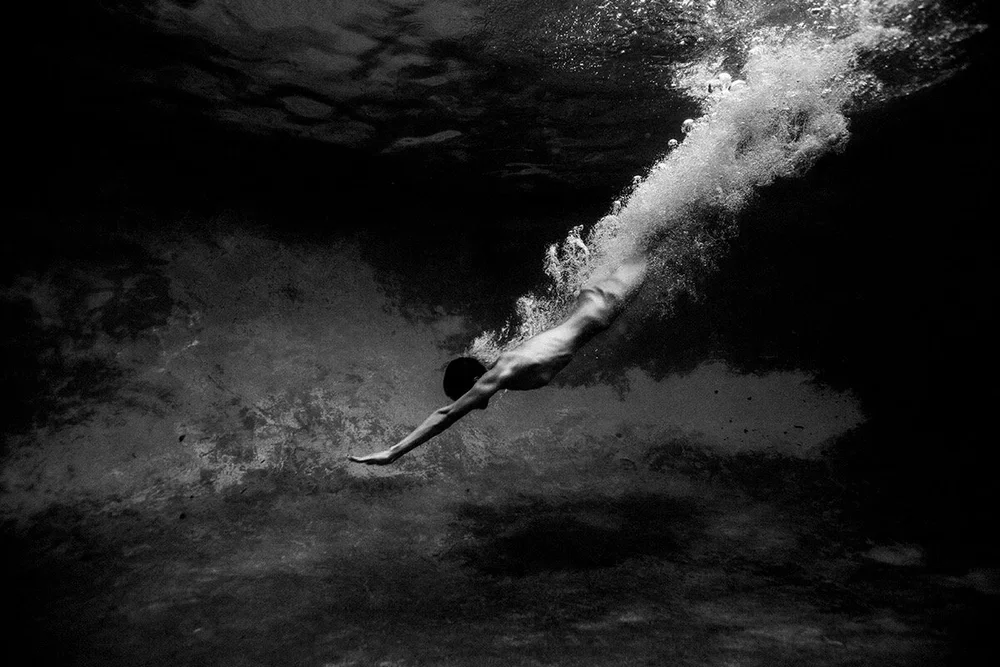The Lasting Allure of Black and White Photography
Black and white photography remains one of the most enduring forms of visual art. Long before color became accessible, photographers worked within the limits of light and shadow, and in doing so, discovered something lasting. Without color to rely on, every decision matters: composition, exposure, tone, texture. The result is an image that feels balanced, deliberate, and complete.
The history of fine art photography is inseparable from black and white. Irving Penn, Richard Avedon, and Helmut Newton shaped the language of fashion and portraiture through their use of contrast. Penn’s still lifes and portraits were defined by restraint, every fold and shadow carefully composed. Avedon’s studio portraits, stark against white backdrops, revealed personality through precision rather than embellishment. Newton transformed the fashion photograph into something cinematic, bold, and seductive, proving that monochrome could express luxury and attitude in equal measure.
Today, that visual discipline continues through photographers represented by 1905 Contemporary. Tyler Shields uses high contrast to tell stories that merge film, glamour, and tension. Antoine Verglas brings a quiet intimacy to fashion portraiture, finding strength in vulnerability. Donna DeMari captures youth and emotion in photographs that feel both personal and cinematic, while Phoebe Fitz turns the lens inward, her work exploring light, water, and the human body with a poetic calm. Even Toja, whose wildlife imagery celebrates movement and instinct, often relies on tonal simplicity to reveal the purity of form.
For collectors, black and white photography offers something rare in contemporary culture: permanence. A great black and white photograph holds its power regardless of time or trend. Whether it hangs in a minimalist space or alongside color works, it brings focus. It’s art reduced to its most fundamental elements: subject, light, and intention.


